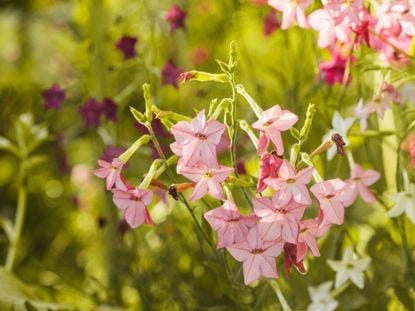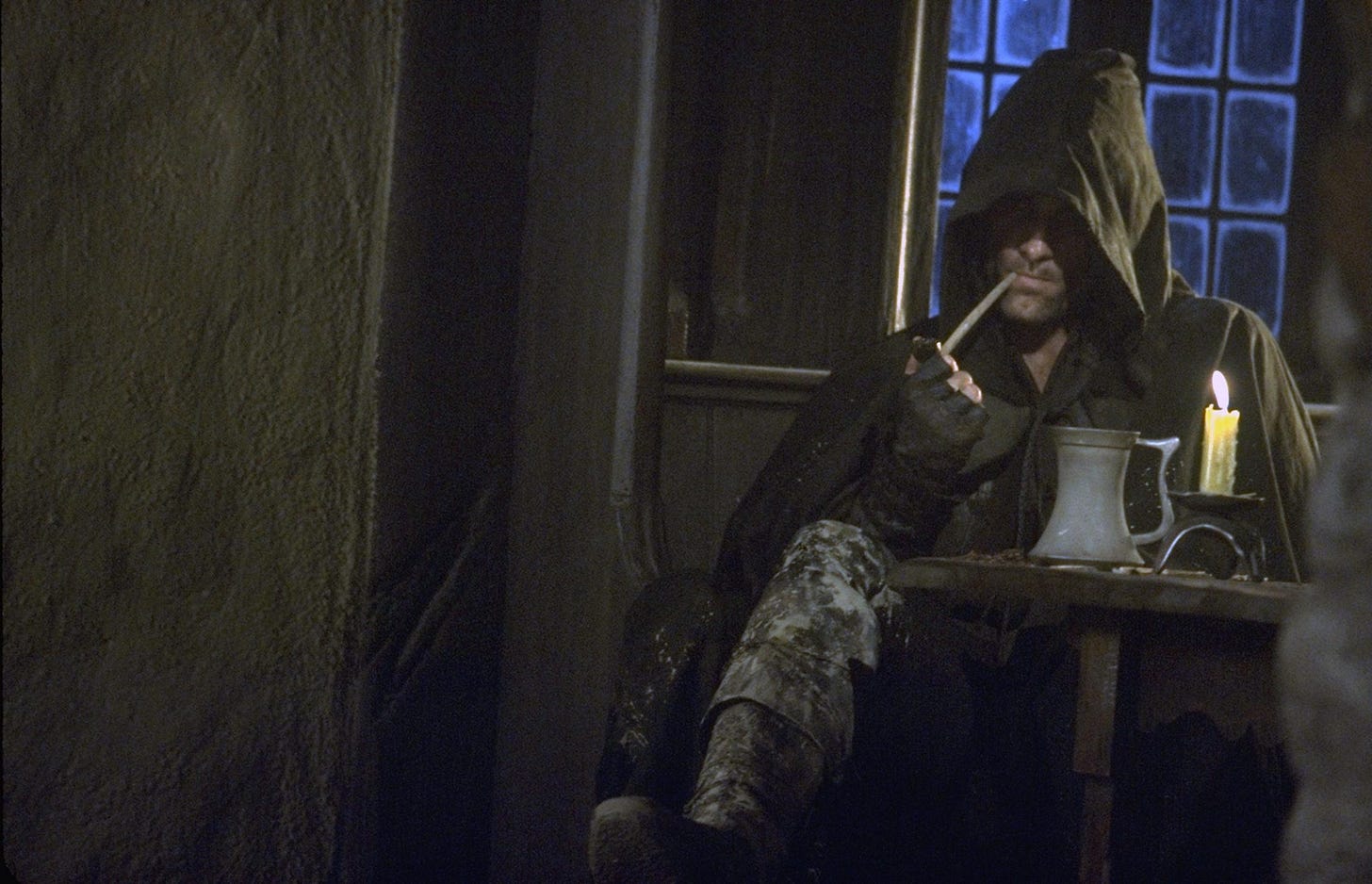Concerning Pipeweed
It's not cannabis
Full disclosure: I’m a Tolkien nerd, and have been since I first read The Hobbit back in the mid 70s. For many years I read the Lord of the Rings trilogy about every other year, until the dark years when I didn’t read much fiction at all, or make music, or do anything other than just get by.
I survived those years somehow, and gradually regained some measure of real life along with renewed faith and purpose, but that’s just backstory.
Audiobooks help keep me sane and productive. I don’t have a lot of time to sit and read, but I can listen while gardening, fence mending, doing laundry, and especially driving. When I was a kid my sister and I became friends with an older couple who lived up the beach from us, further into Miller Bay on Puget Sound. Old Holmes Hyland and his wife Betty were very patient with us little monsters. My sister loved playing cribbage with Holmes, and I loved asking questions about when he was a kid (he was born in Seattle in 1903).
His eyes weren’t so great anymore, so he subscribed to an audiobook service for the blind. Back then this consisted of LPs that were mailed out in padded boxes. I found the whole thing fascinating. Nowadays we can check out digital recordings from the library, or buy them from Audible or Chirp (Giving Audible a run for their money, if you ask me. They have great sales.)
I’m currently listening my way through the Andy Serkis narrated version of The Lord of the Rings (I talked more about this here). All the thumbs up. I started out with The Hobbit, since the Exploring Tolkien podcast is currently going through it, comparing it with changes Tolkien made years later that, thankfully, weren’t incorporated into the classic version. Short version: he was trying to take his delightful hero journey tale and “weight it up” to feel more like LotR in tone. Bad idea.
Anyway…The Fellowship of the Ring is one of those books where it really is fun to read both the forward and the prologue. It just gets better every time, because you pick up more.
One of the things that has always irritated me with (some) LotR fans and adjacent pop-culture mockers is the tiresome notion that the “pipeweed” smoked in the Shire (and elsewhere in Middle Earth) was some kind of ancient marijuana. In the Peter Jackson films there are definitely a few moments when they lean into that conceit (Merry & Pippin in the store room at Isengard in “The Two Towers”, and a made-out-of-whole-cloth scene with Radagast in “The Hobbit: An Unexpected Journey” film.) So I was delighted to hear, and really notice for the first time, the following snippet in the section of the prologue titled “Concerning Pipeweed”:
There is another astonishing thing about Hobbits of old that must be mentioned, an astonishing habit: they imbibed or inhaled, through pipes of clay or wood, the smoke of the burning leaves of a herb, which they called pipe-weed or leaf, a variety probably of Nicotiana. [italics mine]
Yeah, not marijuana. There are a few varieties of nicotiana, from the big prehistoric looking stuff that we ferment, dry, and turn into tobacco, to the small flowery stuff that I plant for a showy shade flower in my garden. None of it is cannabis, and Tolkien didn’t call his “leaf” “pipe weed” in imitation of cannabis.
I mentioned this to my California-born spouse the other day, and he told me that it was pot-smoking college kids and hippies in Berkeley who started calling pot “weed” after reading Tolkien, not the other way around. As far as I’m concerned, that’s a mystery solved at last.





